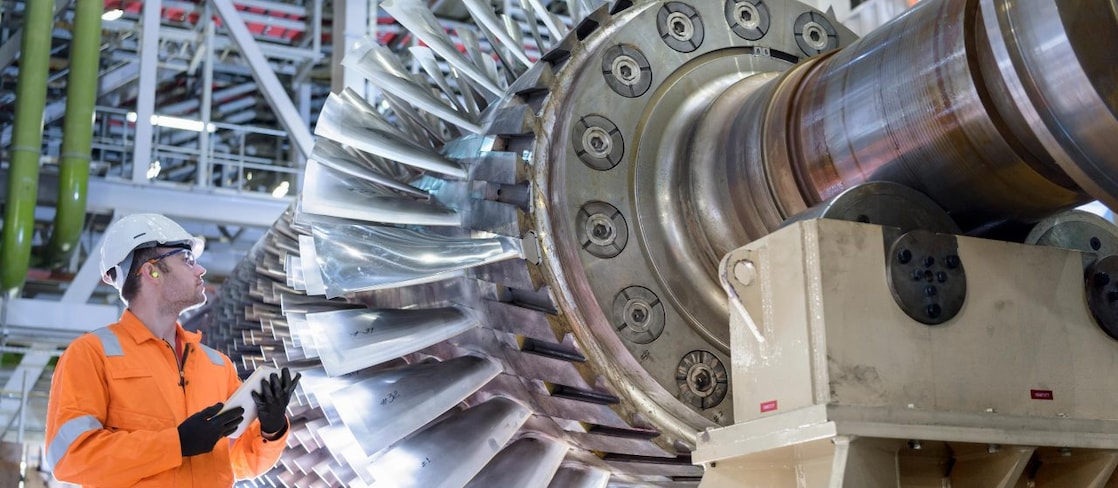
How to Optimize Turbines?
Discover tips to operate turbines at their maximum efficiency.
5 Tips for Turbine Oil System Care and Maintenance
With demand for reliable energy supply ever more important, one of the biggest concerns among turbine users is unplanned downtime.
Below are five steps you can take to get the most out of your turbines and keep them operating at their maximum efficiency.
1. Keep It Clean
Turbine oil cleanliness is key to ensuring the longest equipment and lubricant life.
Contamination may result in the formation of deposits and varnish, which can significantly:
- reduce the life of bearings and gears
- affect servo valve operation
- promote system foaming
That is why you need to inspect your system frequently and ensure that your filtration system is in full working order.

2. Watch Out For Water
If water cannot separate from the oil, free water or an oil-in-water emulsion is created and may interfere with the oil film needed to support the loads carried by the bearings.
Water can:
- promote rust and corrosion,
- speed up the rate of oil oxidation
- promote other degradation processes such as hydrolysis.
Water levels should be monitored using a good oil analysis programme. Water contamination limits should be checked against manufacturers’ recommendations but, in general, water levels should be kept below 500 ppm for gas turbines and 1,000 ppm for steam turbines.

3. Analyse Your Oil through Lube Analyst
All turbine oils should be subjected to a proactive oil analysis monitoring.
Many published turbine oil condition monitoring guidelines are available from ASTM, ISO and various equipment manufacturers and lubricant suppliers.

4. Eliminate Leakage
It is critical to trace any oil leaks to their source and to eliminate them as soon as possible.
The following culprits are common sources:
- Bearing seals
- Oil-supply lines
- Valve connections
- Cooler tube joints



